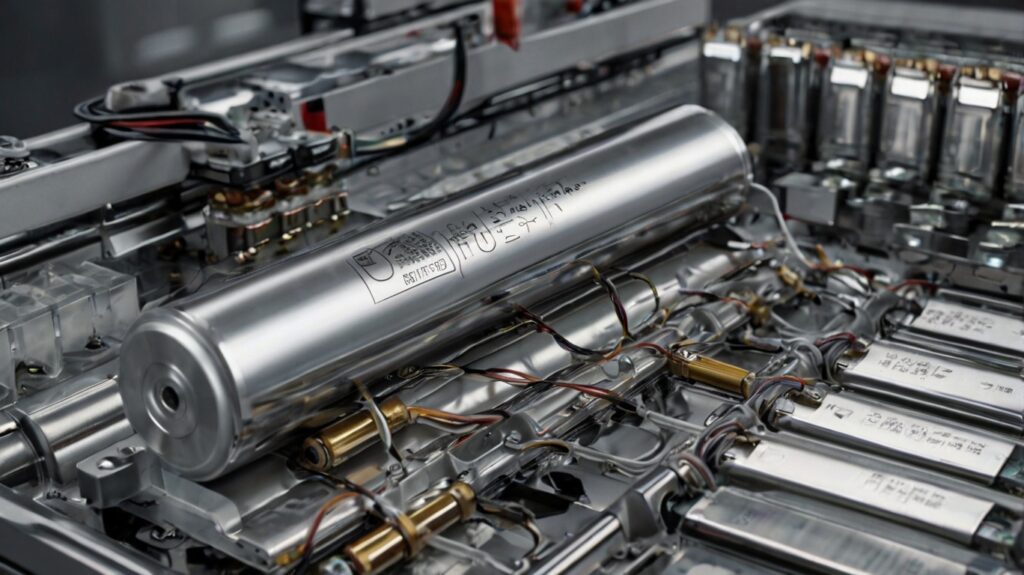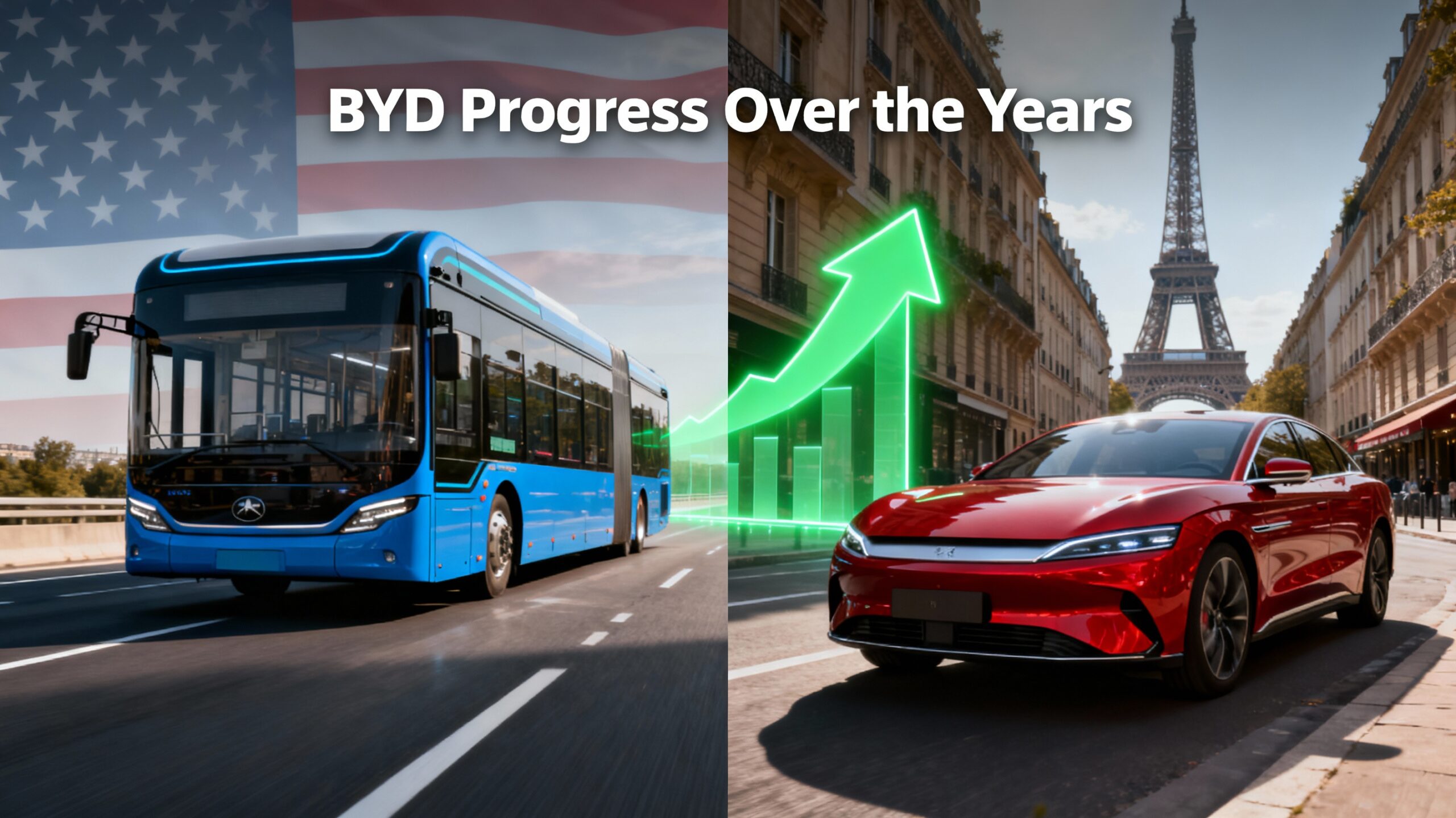In a major leap toward the future of energy storage, multiple startups and research labs have reached critical milestones in the commercialization of solid-state batteries—paving the way for safer, more powerful, and longer-lasting energy systems.
Once seen as the holy grail of battery technology, solid-state batteries (SSBs) are rapidly approaching mainstream viability. Recent developments in materials science, thermal engineering, and large-scale manufacturing have catapulted several innovators to the forefront of what could become a $100 billion industry by the end of the decade.
Among the most notable players is Quantum Forge Energy, a U.S.-based startup that announced this week it had completed pilot-scale production of its first generation solid-state battery cells, boasting an energy density of 450 Wh/kg—nearly double that of today’s top-performing lithium-ion batteries.
What Makes Solid-State Different?
Unlike conventional lithium-ion batteries, which use liquid electrolytes to transport ions between electrodes, solid-state batteries rely on solid electrolytes—materials that offer superior safety, thermal stability, and energy performance. Because they eliminate flammable liquids, SSBs are inherently more resistant to overheating, short-circuiting, and thermal runaway—key concerns in EVs, smartphones, and aerospace applications.
“Solid-state technology allows us to rethink what’s possible in battery design,” said Dr. Leah Moretti, Chief Technology Officer at Quantum Forge. “With no risk of leakage or combustion, you can pack in more energy per unit of weight, extend battery lifespan, and drastically improve safety.”
Quantum Forge’s battery uses a proprietary sulfide-based solid electrolyte paired with a lithium-metal anode—long considered the “dream combination” for next-gen batteries. The result is a compact, lightweight, and powerful energy storage solution capable of achieving up to 1,000 charging cycles without significant degradation.

Thermal Stability and Safety: A Crucial Advantage
Thermal stability remains a critical differentiator for solid-state designs. Recent lab tests conducted at Osaka Electrochemical Research Institute demonstrated that QuantumForge’s battery cells maintained full operational stability at temperatures ranging from -20°C to 80°C, outperforming even top-tier EV-grade lithium-ion cells.
This has enormous implications for industries operating in extreme conditions—such as defense, aerospace, and mining—as well as everyday consumer electronics that suffer from overheating or winter inefficiency.
“Solid-state batteries maintain structural integrity under temperature extremes where traditional cells fail,” explained Dr. Satoshi Yamamoto, who led the Osaka validation study. “This reliability opens new pathways for electric aviation, long-range vehicles, and harsh-environment energy storage.”
The Challenge of Manufacturing at Scale
Until recently, solid-state batteries were confined to laboratories due to the complexity and cost of manufacturing. Thin-film deposition, moisture sensitivity, and high material costs made scaling nearly impossible.
That’s changing. QuantumForge, alongside several global contenders like BlueLith Japan and VoltX Germany, has developed roll-to-roll processing techniques for solid electrolytes—mirroring the scalable production models used in traditional battery gigafactories. These methods allow the batteries to be produced at competitive costs while maintaining quality and performance.
In a related breakthrough, BlueLith Japan reported last month that it had achieved 98% yield rates for solid-state battery cells in a continuous production environment. Their technology uses a ceramic-polymer hybrid electrolyte, which balances ionic conductivity with mechanical flexibility, reducing the risk of dendrite formation—a major technical hurdle in SSB development.
Industry Applications and Partnerships

As solid-state technology matures, automakers, electronics firms, and renewable energy companies are rushing to integrate it into their product lines. Quantum Forge confirmed it is working with two major automotive OEMs on prototype integration, with plans to begin field testing in electric vehicles by mid-2026.
Meanwhile, VoltX Germany has secured a partnership with a leading smartphone manufacturer to launch a high-capacity solid-state battery in a flagship device by early 2027—a move that could drastically increase battery life and eliminate risks associated with overheating in compact consumer gadgets.
“2025 is shaping up to be the year solid-state starts to shift from ‘emerging tech’ to ‘market-ready innovation,’” said Elena Krauss, senior battery market analyst at CleanGrid Insights. “We’re seeing the convergence of three critical factors: energy performance, safety validation, and scalable manufacturing. That’s the commercialization trifecta.”
Market Impact and Global Competition
According to a recent report by BloomTech Research, the global solid-state battery market is projected to grow from $1.8 billion in 2024 to over $48 billion by 2032, with major growth coming from the transportation, consumer electronics, and energy storage sectors.
Leading countries in the race include the United States, Japan, South Korea, and Germany—each investing heavily in R&D and production incentives. In the U.S., the Department of Energy has launched a $1.2 billion Solid-State Innovation Fund to support startups and scale-up efforts through 2030.
Startups like AmpSolv Technologies (California) and IonRoad Energy (UK) are also making headlines for breakthroughs in novel electrolyte materials and rapid prototyping tools that dramatically shorten development cycles.
“The race is not just about performance anymore—it’s about who can industrialize first,” said Krauss. “That’s where we’re seeing real excitement from investors and regulators alike.”
Remaining Challenges
Despite rapid progress, solid-state battery developers still face hurdles. Material costs remain high, long-term degradation under real-world stress needs further validation, and integration into existing battery management systems (BMS) requires software and hardware upgrades.
“There’s still work to be done, especially around mechanical integrity under stress and electrolyte-electrode interface stability,” said Dr. Moretti. “But the trajectory is clear. Solid-state is no longer theoretical—it’s inevitable.”
Looking Forward
As milestones continue to stack up, it’s clear that the solid-state battery era is shifting from possibility to reality. With breakthroughs in energy density, thermal stability, and scalable production, a once-distant vision is becoming a cornerstone of the global clean energy transition.
“Innovation cycles in battery tech typically take decades,” said Dr. Yamamoto. “Solid-state has done in five years what lithium-ion took fifteen to accomplish. That tells you just how transformative this moment really is.”
For consumers, that means longer-lasting smartphones, EVs that charge faster and drive farther, and safer, more resilient energy systems across the board.
The battery revolution isn’t just coming—it has already begun.




